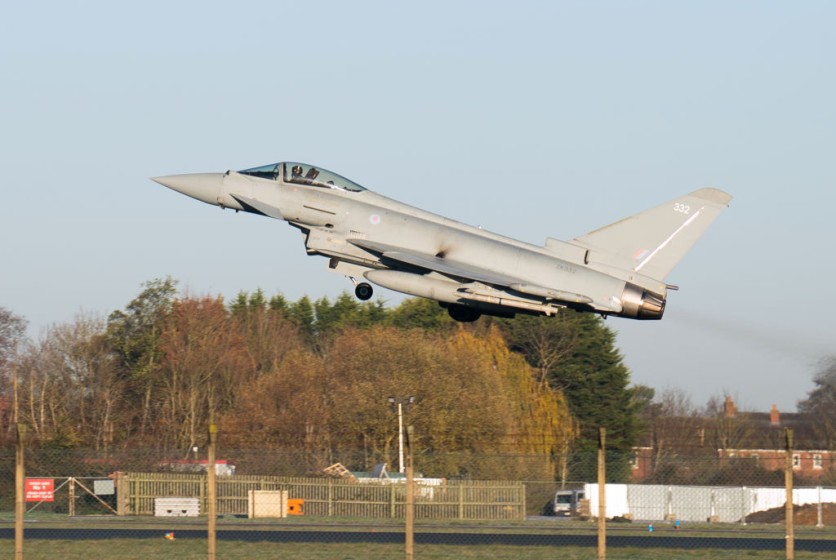Japan has partnered with Italy and Britain to create a next-generation fighter plane to reduce its defense technology dependence on the US amid concerns over Taiwan, according to defense experts.
SCMP reports that the declaration comes at the heels of the Japanese Prime Minister's order to increase the defense budget to two percent of the gross domestic product in the year 2027.

Japan's Increased Defense Spending
It is worth noting that the Asian country has only used a mere percent of its GDP for defense spending.
The partnership will combine Japan's F-X project to create a new fighter plane with a similar British project, which the Japanese defense ministry claimed would maintain peace and stability.
The sixth-generation fighter is expected to be operational by 2035.
Ni Lexiong, a professor of political science at Shanghai University of Political Science and Law, claimed that the People's Liberation Army's historic drills around Taiwan in August following the visit of US House Speaker Nancy Pelosi had changed other nations' perceptions by demonstrating to them how China could materialize its threats into action.
Military analyst Antony Wong Tong told SCMP that Japan aims to build a jet that could go against the J-20, China's most cutting-edge fighter plane.
Japan is currently using the US F-35s for air-to-air combat, even though it was intended for land-to-sea war environments.
"The increasing threat posed by China's J-20s pushed Japan to develop its own next-generation combat aircraft because the American lightweight F-35 is not an equal opponent for the Chinese fighter," Wong said in a statement with SCMP.
He added that Japan needs a new fighter aircraft equipped with air superiority to replace its old twin-engine F-15 Strike Eagles if the country wants to compete with the J-20.
New and Powerful Foes
Meanwhile, former PLA instructor Song Zhongping told SCMP that the new defense project could suggest that PLA is going up against new and powerful foes in the East China Sea.
Zhongping claimed that the sixth-gen fighter jet would force the PLA to take Taiwan by force if necessary but noted that it could also encourage an arms race in the region.
He added that the PLA would face more hurdles, forcing them to hasten the creation of a joint operations command for current warfare.
Related Article : US Military's 'World's Only Reusable Spaceplane' Has Been Flying for 781 Days - New Endurance Record Achieved!

ⓒ 2025 TECHTIMES.com All rights reserved. Do not reproduce without permission.




